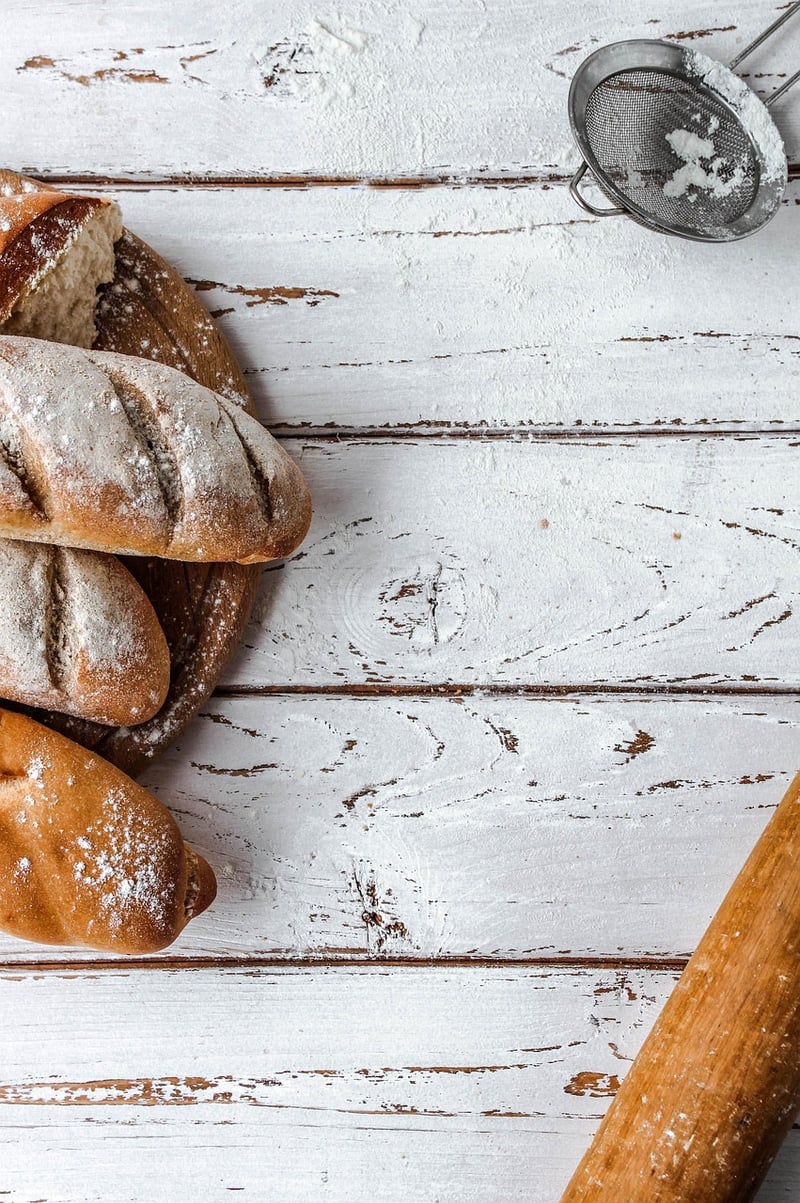Moisture Control
Perfect Your Baked Goods: Moisture Control Tips
Baking is a delightful art that requires precision and attention to detail. One crucial element in achieving perfect baked goods is moisture control. Whether you're baking bread, cakes, cookies, or pastries, mastering moisture levels can make a significant difference in the outcome of your creations. Here are some essential tips to help you perfect your baked goods through effective moisture control:
1. Measure Ingredients Accurately
Using the right amount of flour, sugar, butter, and liquids is essential for maintaining the proper balance of moisture in your baked goods. Invest in a good kitchen scale and measuring cups to ensure accuracy in your recipes.
2. Adjust Flour as Needed
Flour absorbs moisture differently based on factors like humidity levels. Adjust the amount of flour in your recipe slightly if the dough or batter appears too wet or too dry. This will help you achieve the desired consistency.
3. Use Room Temperature Ingredients
Allowing ingredients like eggs, butter, and milk to come to room temperature before incorporating them into your recipes can help promote even distribution of moisture throughout the batter or dough.
4. Avoid Overmixing
Overmixing can lead to gluten development, resulting in tough and dry baked goods. Mix your batters and doughs until just combined to prevent overworking the ingredients.
5. Proper Storage
Store your baked goods properly to maintain their moisture levels. Use airtight containers or resealable bags to prevent exposure to air, which can dry out your treats.
6. Test for Doneness
Use a toothpick or cake tester to check for doneness in cakes and quick breads. The inserted tool should come out clean or with a few moist crumbs to indicate that your baked goods are perfectly cooked.
By following these moisture control tips, you can elevate the quality of your baked goods and impress your family and friends with delicious treats every time. Happy baking!

Image Source: Pixabay
